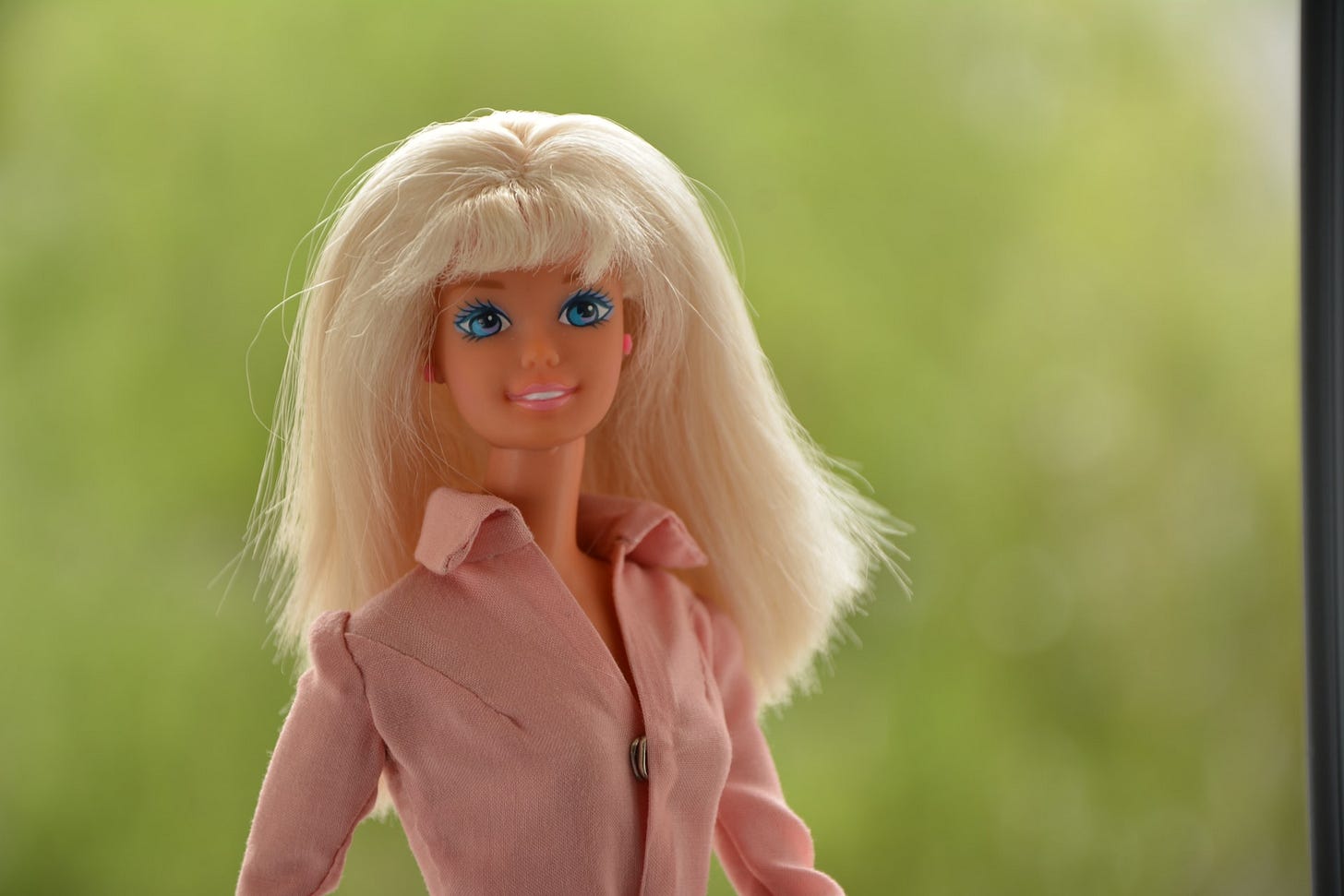On average, everyone eats about a credit card’s worth of plastic per week. A 2019 study from Dalberg and the University of Newcastle found that that adds up to over 40 lbs of plastic in a lifetime. Plastic is everywhere— from obvious plastic bottles and grocery produce bags to less obvious places like in our water, clothes, and the air. We usually talk about plastic’s harmful impacts on our planet’s health, but what about its impact on human health?

Plastic leaches tiny particles called microplastics, which is where our weekly credit card meal comes from. If you drink from a plastic water bottle or eat a salad from a plastic to-go container, you’re also eating the leached microplastics. Microplastics are also found in agricultural soil (mostly from garment waste that is converted to fertilizer), and of course, in our oceans. A meta-analysis found that over two thirds of fish species that were studied had ingested plastic. Last year, for the first time, researchers confirmed evidence of microplastics in the placentas of unborn babies. Just about every time we eat, drink, and even breathe, we’re consuming microplastics. Once we consume them, they can bioaccumulate in our tissues, becoming systematic toxins.
This is pretty alarming considering plastic and its chemicals have been linked to infertility, developmental delays in children, endocrine disruption, neurological impairment, and cancer. While it’s difficult to clinically study the direct effects of plastic on human health over time (ethics, anyone?), as Pete Myers, an adjunct professor of chemistry at Carnegie Mellon University says, “It cannot have no effect.”
So what’s the solution? Unfortunately, it’s virtually impossible to avoid plastic. On a micro level, we can avoid using plastic containers and bags, or at least aim for BPA-free when possible, and ditch seafood (you eat what your food eats). More importantly, on a macro level, policies need to be implemented to reduce plastic use.
Even if we were to magically stop all plastic use on the planet, that would only solve part of the problem— we also need a way to get rid of the plastic that’s already accumulated in our oceans, soil, and bodily tissues. As more evidence emerges of the toxic effects plastic has on our bodies, I really believe that this will be the new frontier in health and wellness. On the environmental front, a super-enzyme called PETase was engineered in 2018 that shows promising results for quickly breaking down plastics.
We got ourselves into this problem, but I’m bullish that we can get ourselves out of it too.
Instant grocery delivery
For the past few months, I’ve been raving about these super quick, 15 min. grocery delivery services, Gorillas and Fridge No More. They’ve been a godsend. I just pick out what I want on the apps, and groceries are at my door in no more than 10-15 minutes.
Instant grocery delivery has become a new VC darling. Previously a niche market reserved for more affluent consumers, grocery delivery is becoming more accessible and commonplace, especially coming out of the pandemic. Gorillas, a German-based unicorn that now services NYC, raised almost $1B in their last round of funding, while six-year-old Istanbul-based Getir was most recently valued at $7.5B. Even bigger players like DoorDash are announcing that they’re entering the market. Food has notoriously slim margins, so how profitable are these businesses?
Startups like Gorillas, Fridge No More, and Buyk have signed warehouse leases all over NYC where they store their inventory. Because they only do delivery and don’t have customers shop in their warehouses, they’re able to snag cheaper, unattractive, low-lit spaces, known as dark stores. Couriers bike or take an electric scooter to deliver groceries to the customer, and for some of the startups, groceries are sold at a slight upcharge. The assortment of groceries available isn’t too vast, as they tailor their inventory to the neighborhood.
While dark stores and a hyperlocal service offset some costs, for now, these startups are trading profitability for growth. Like all startups that are subsidized by VC funding, capturing the most market share is critical to be competitive *remembers Ubers from the East Village to Williamsburg costing $5 😫*. Once these startups focus on profitability, we might see delivery and service fees or an increase in product prices. For now, we can enjoy steep promo discounts and a great bang for our buck.
Desert bound
Every year I love to leave the freezing east coast and spend Christmas in 70 degree, crisp weather with my family in Las Vegas. Time seems to slow down on the west coast. When I think about my future and the flexibility I now have working for myself, I often think of where I want ultimately settle down. It was always my dream to move to NYC, and I love my life here. BUT I could do without the cold and general extra effort it takes to do just about anything (getting through crowds, scheduling appointments, hanging out with people). Not to mention the city air pollution and lower quality produce (compared to California produce 😩).
Unless NYC is entirely transplanted to California, I think the answer is to live bicoastal between NYC and LA (cliche, I know). For now, two or three trips out west are good enough. Let me know if you have any strong opinions about this.
That’s all for now. Next week I’ll be writing to you from sunny Las Vegas 🌞!
♥️,
Zeina



I'm writing about plastics for my next newsletter too!! Sooo much to explore here.